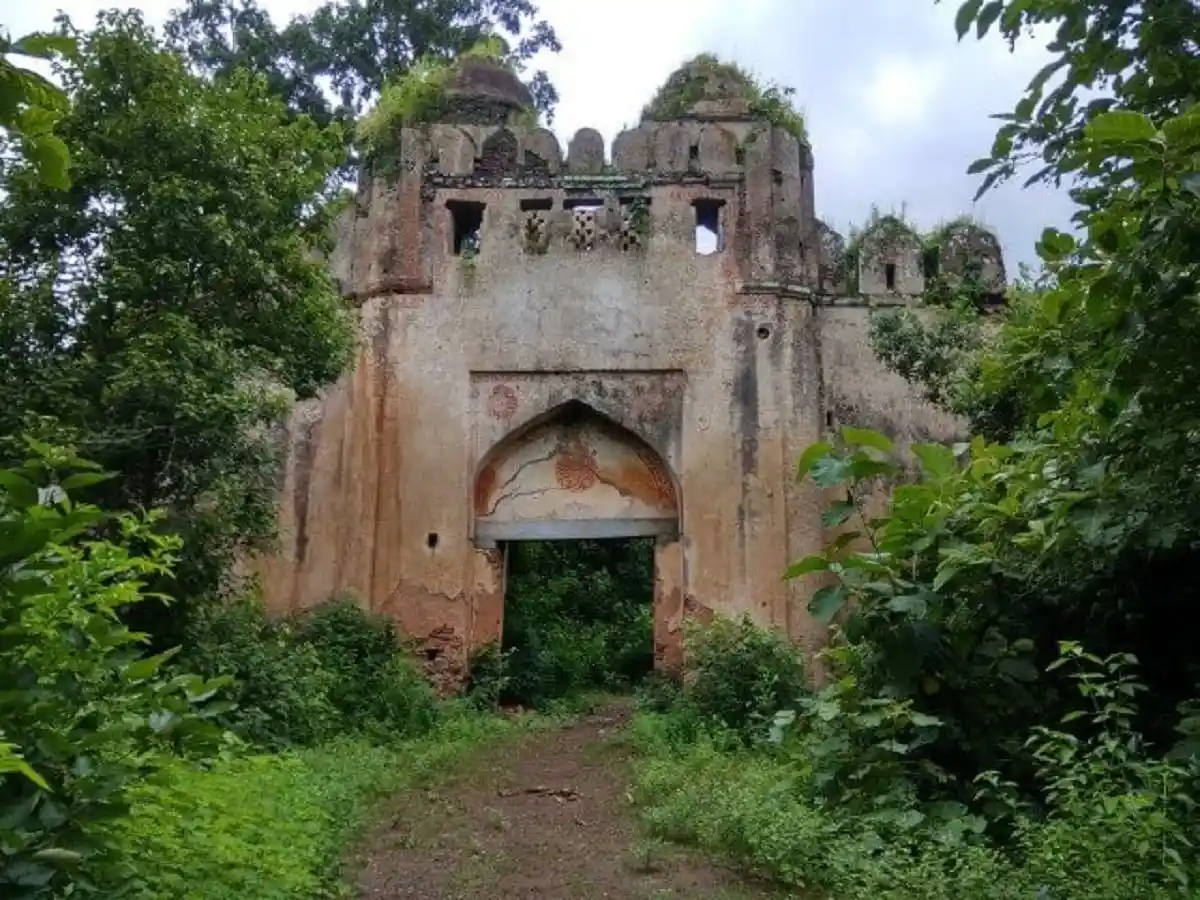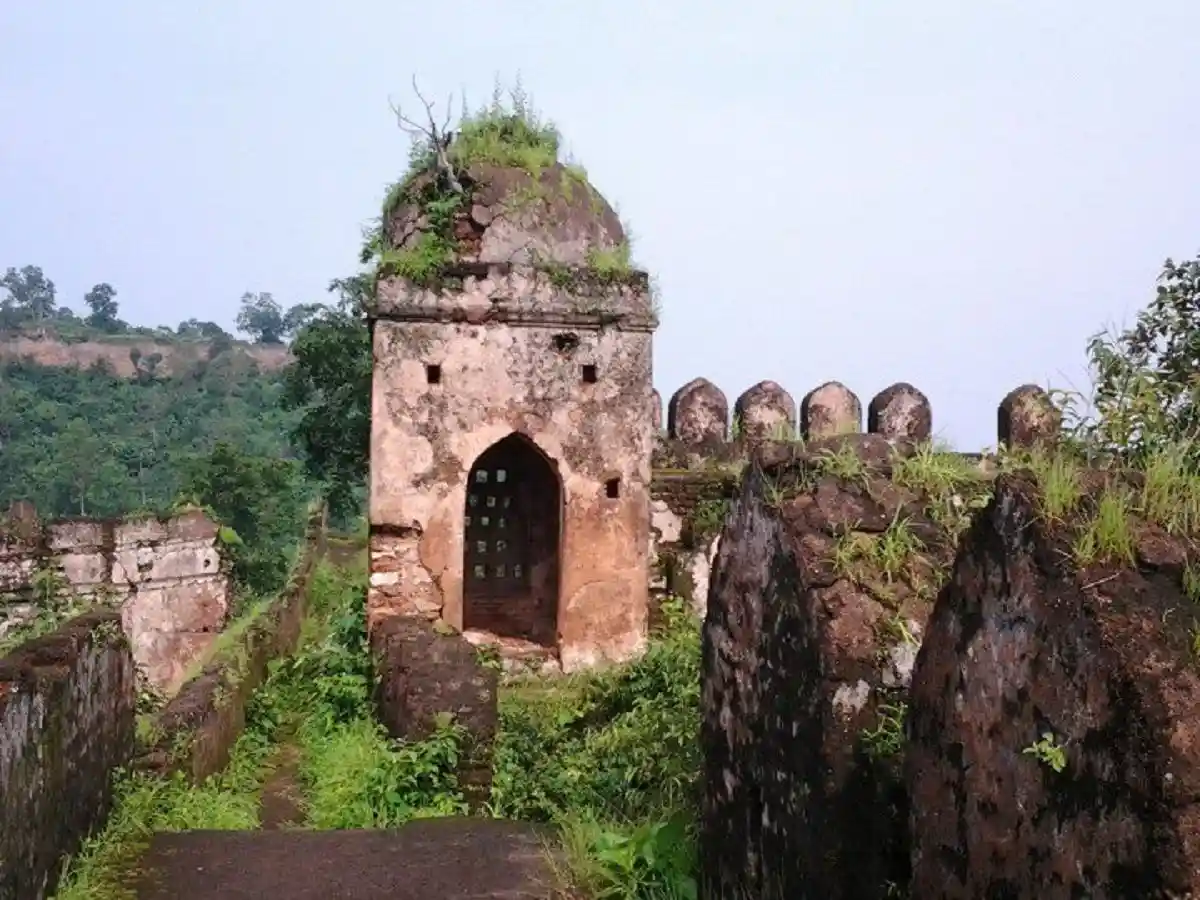Palamu Forts: A Vanishing Legacy
Strolling down from the banks of the North Koel River, deep into the heart of the forest, you will come across two ruined forts that have stood there for centuries. Its corroded brown walls have seen so many mighty rulers who once ruled the place. Despite being fenced on three sides with three huge gates, it has failed to trap the history of the place that shouts its valiance.

Fort of Palamu in Jharkhand, Image source- Tripinfi
You've probably heard the phrase 'Old is Gold,' which applies perfectly to this fort. Even today, people come here either to see the famous tiger reserve or to see the 500-year-old Palamu fort. They prefer to see it regardless of whether they know about the history of what this fort has seen. Let's change that and discover all about the history of this place
The old fort of Palamu was built on the plains by the King of the Raksel Dynasty, but it was transformed into a new defensive architecture by King Medini Rai. During Raksel's reign, the great Mughal emperor Akbar cast his gaze on the prosperous city of Palamu and took control of it. But this rule was short-lived as Akbar died soon after, and the control of the state went into the hands of a tribal Chero ruler, Ananta Rai.
The marking of Chero rule was the beginning of a new era in the history of Palamu. From Ananta Rai, the power shifted to the hands of the next ruler, Medini Rai. He was the most powerful ruler of the Chero community and expanded his rule from South Gaya to Hazaribagh. His valor echoed in the country, and his works attracted eyes and hearts. And this was the period when the fort of Palamu underwent fortification, where several new features were added to its structure.
He also constructed another fort before his demise, on the hills just to the west of the old fort. This was made in a more ideal way and was bigger in size as well However, Medini Rai died halfway through, and the fort remained unfinished. Pratap Rai, his son, tried everything he could to finish it, but it was in vain.
The old fort was built with lime and surkhi mortar and the western entrances of the ancient fort contained excellent Meenakari art. You would enter the fort through the largest gate, which was called the “Singh Dwar”. The second gate leads to three Hindu temples built by Medini Rai, which were later converted to mosques by Daud Khan, the next conqueror.
As you progress deeper into the fort, you will come across a tunnel on the lower end of the fort that could have been a hidden route, as well as a little cascading stream named Kamadah Jheel. The new fort is situated on the hills whose entrance is called the Nagpuri gate. It includes beautiful carvings and inscriptions that have been adapted from the original Nagpuri style. There were Persian inscriptions that have disappeared due to the ravages of time. The stone artifacts lie scattered, leaving the place in dire conditions.
When you arrive at the Betla National Park in Jharkhand today, a large signboard will direct you to the Palamu fort. However, reaching your destination will be a tough affair. A path full of challenges where meeting an elephant friend can be quite common. As it is situated in the deepest corners of the jungle, there is a constant fear of encountering wild animals. But if you reach that point once, nobody can stop you from experiencing our glorious past.
A zig-zag route can take you straight into the eventful history. Even in this perilous condition, the fort of Palamu has the power to mesmerize you and take you to a world where you would be proud of our illustrious past as the old brown walls still sing the "veergatha" of Jharkhand and its rulers.

The new Palamu fort in the hills, Image source- Wikimedia Commons


